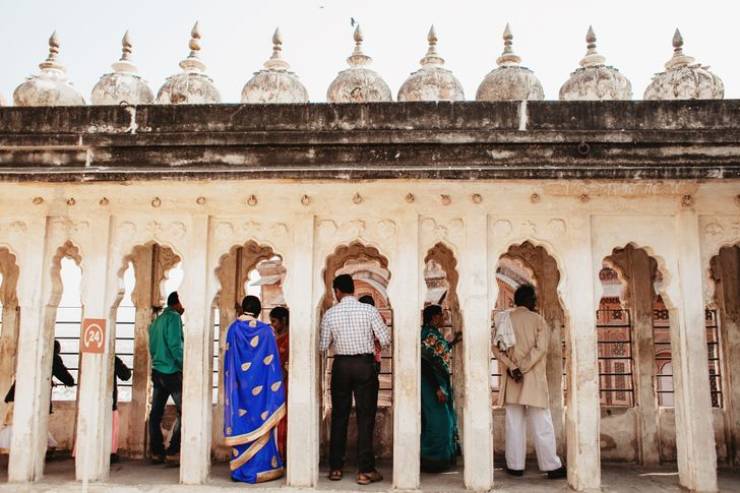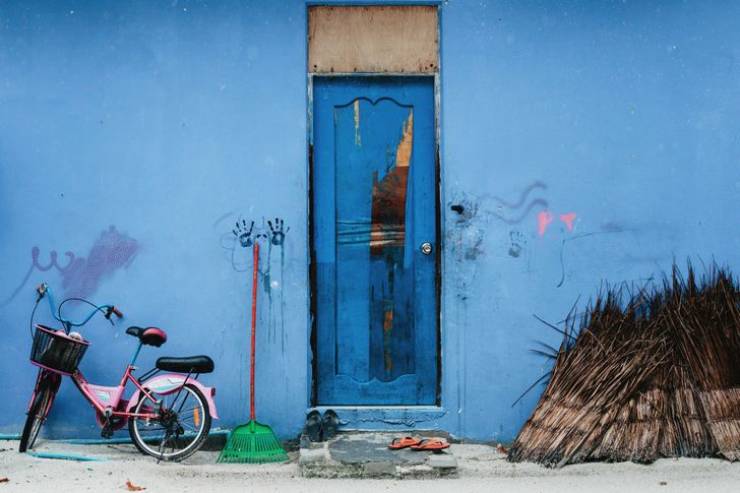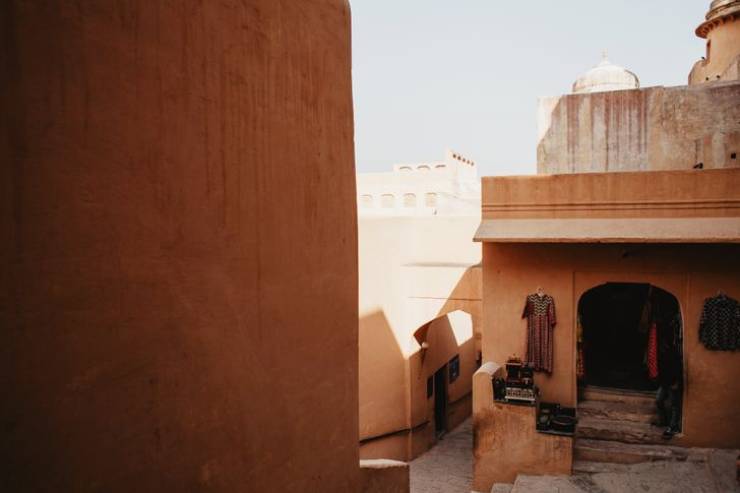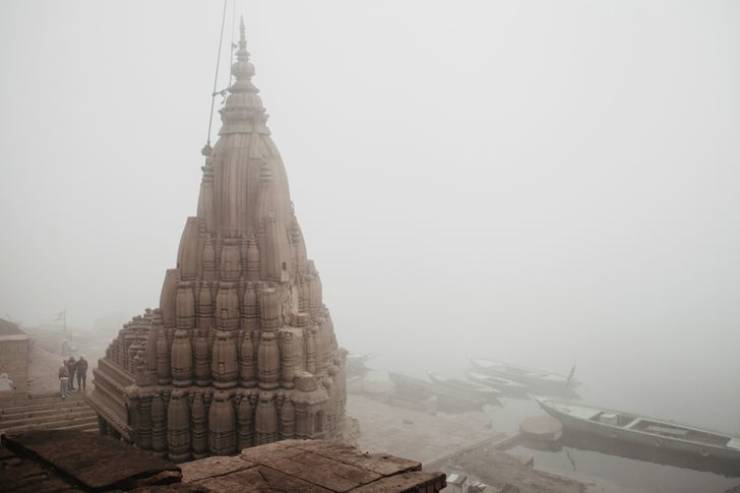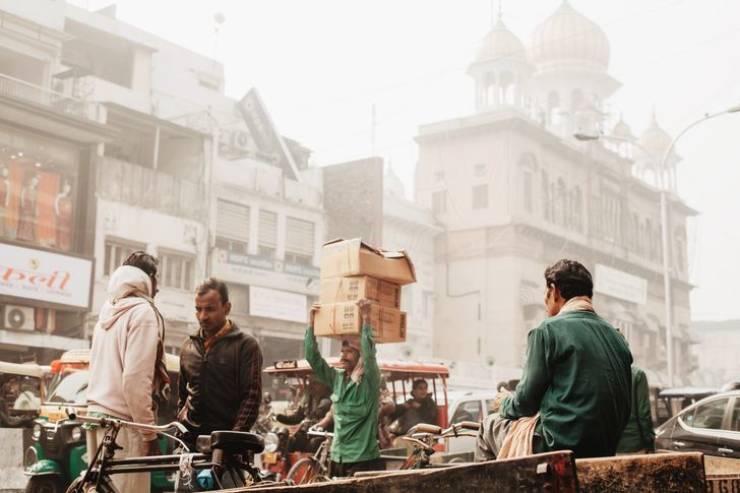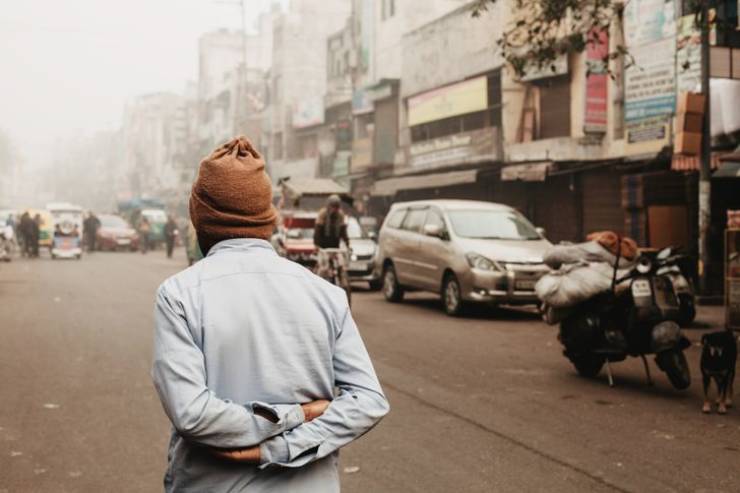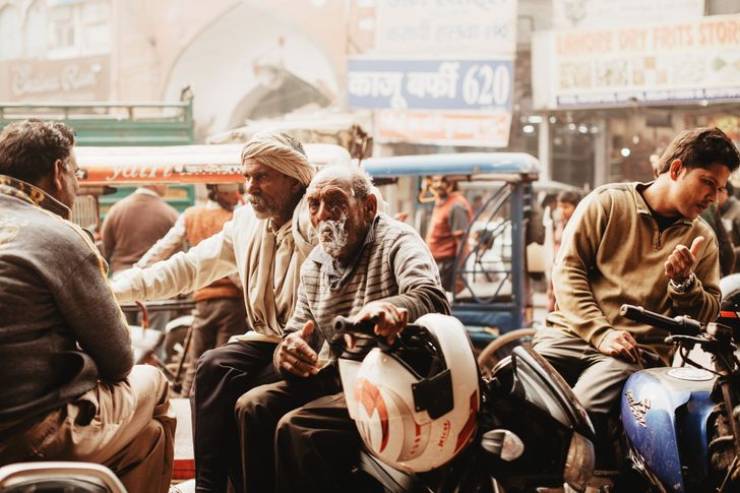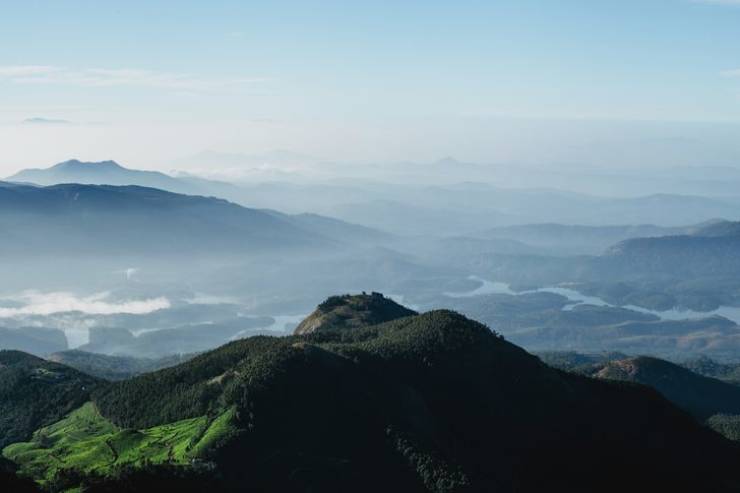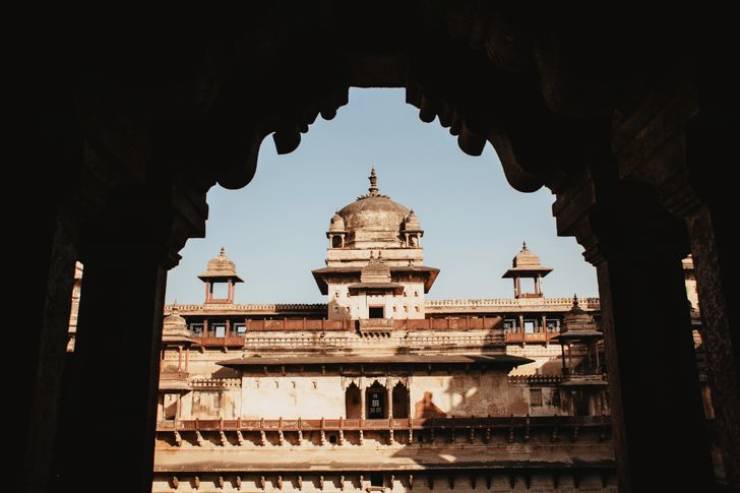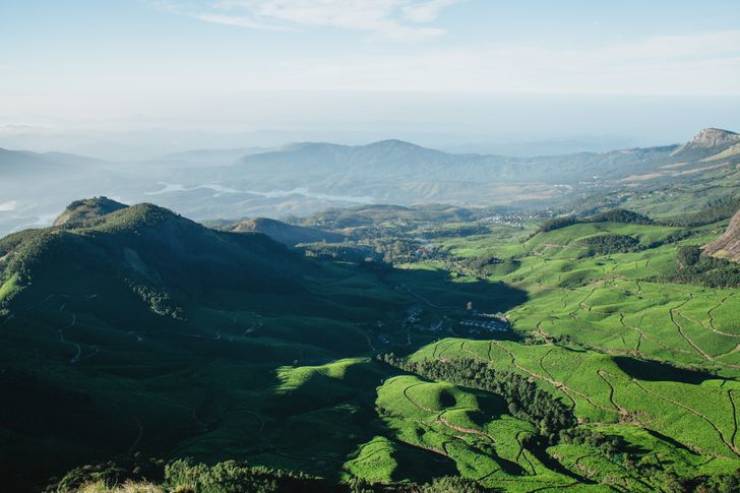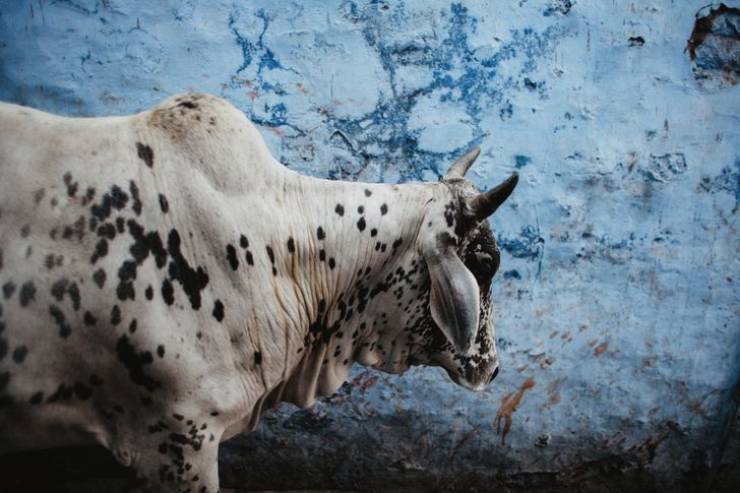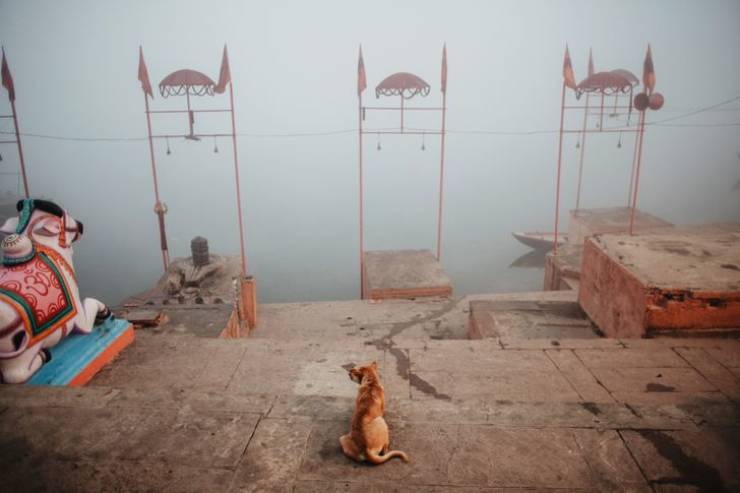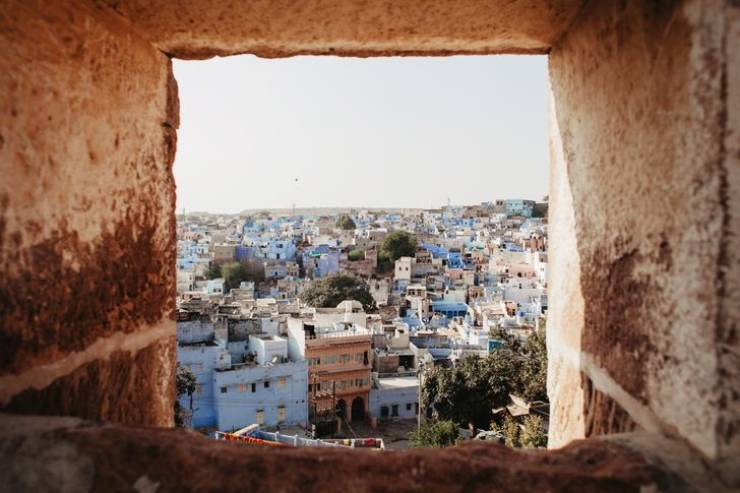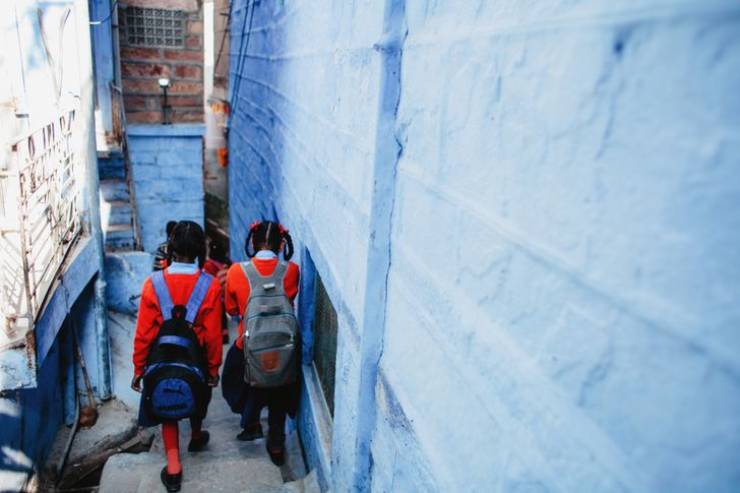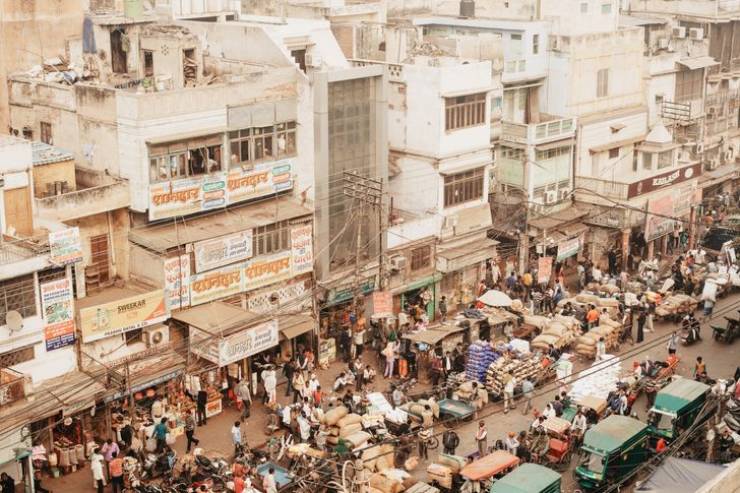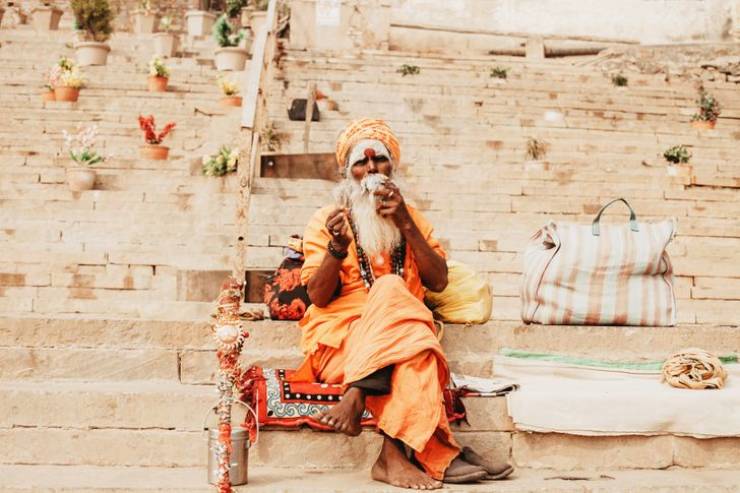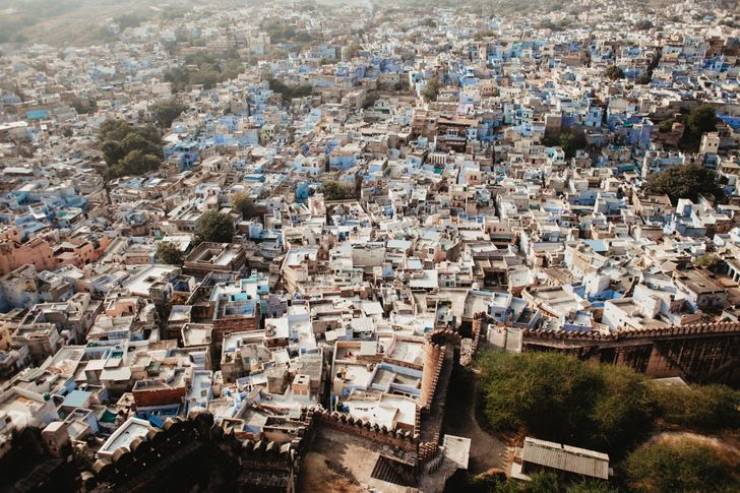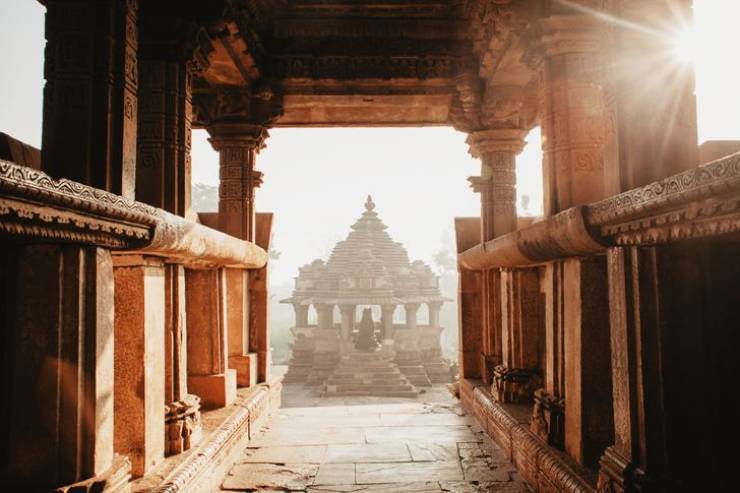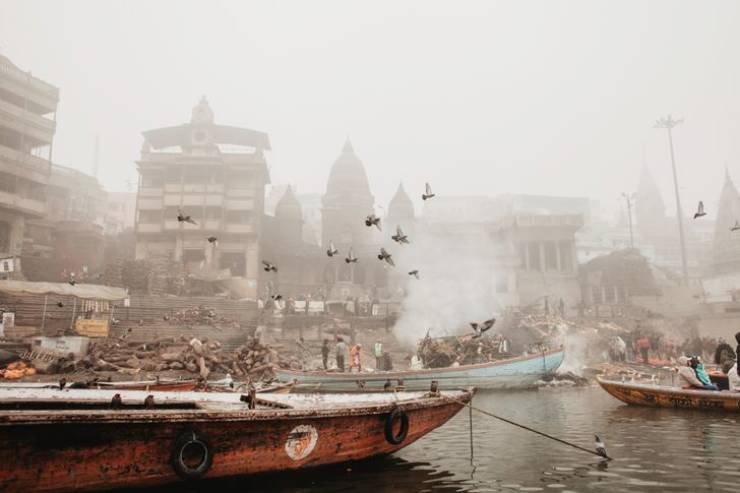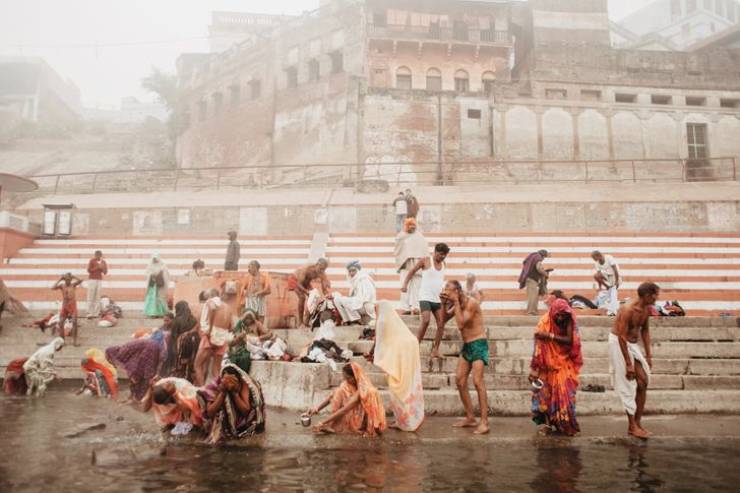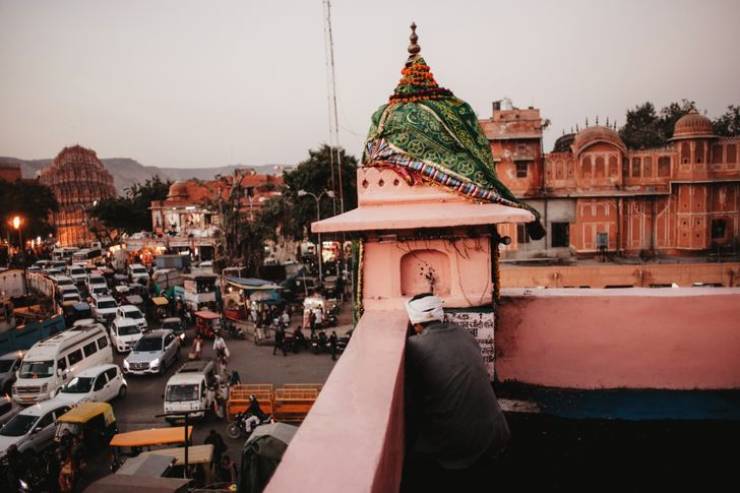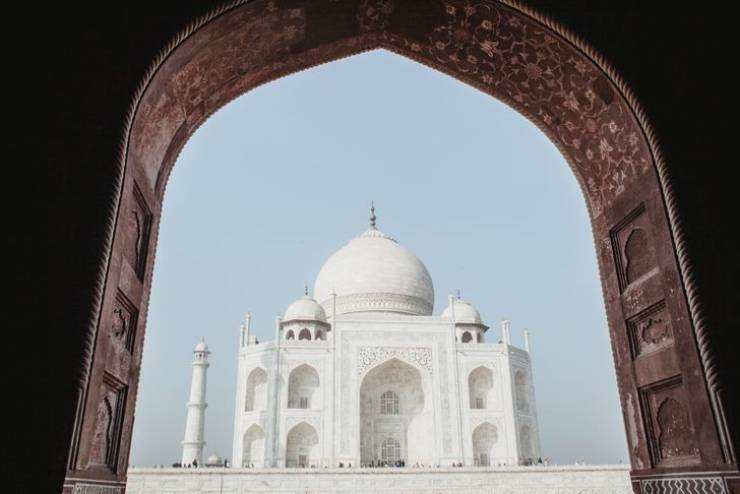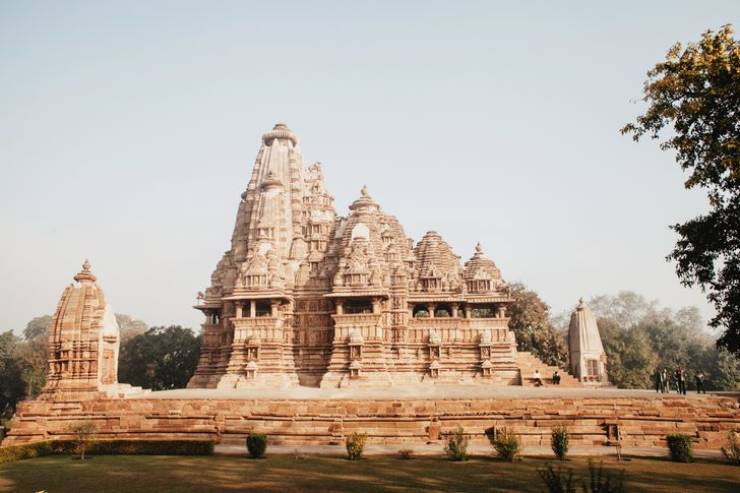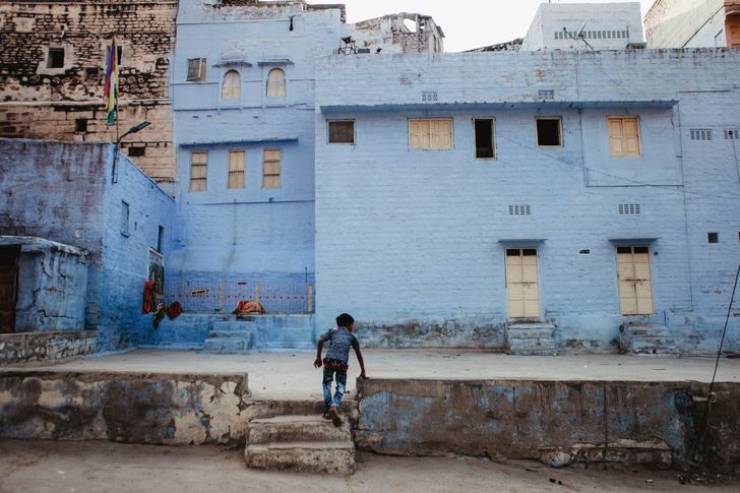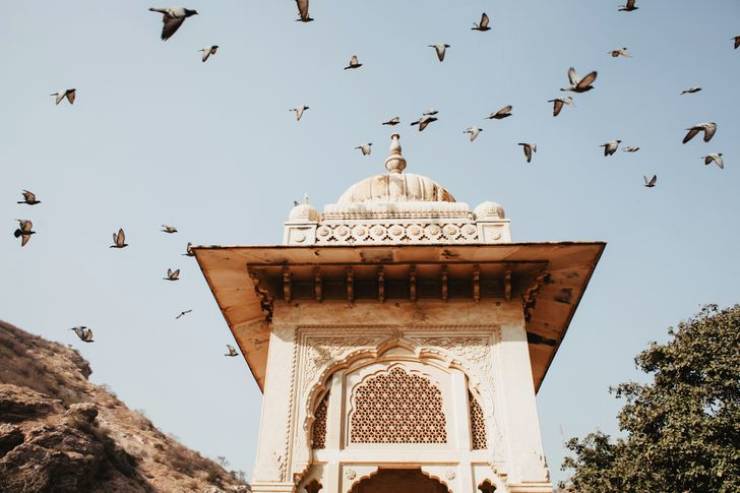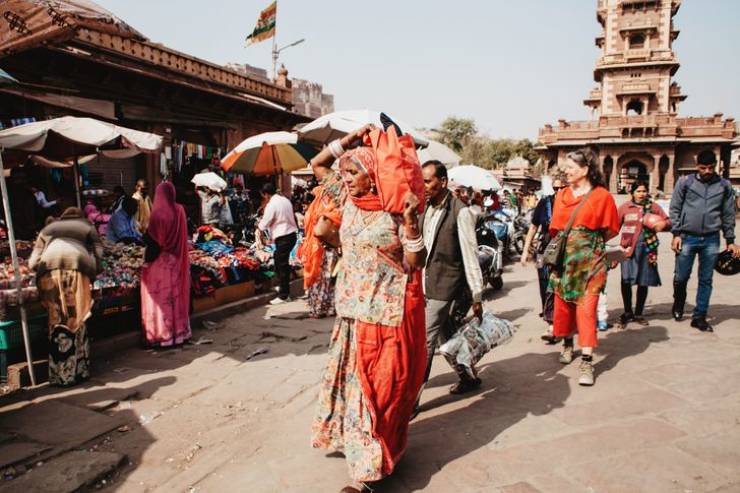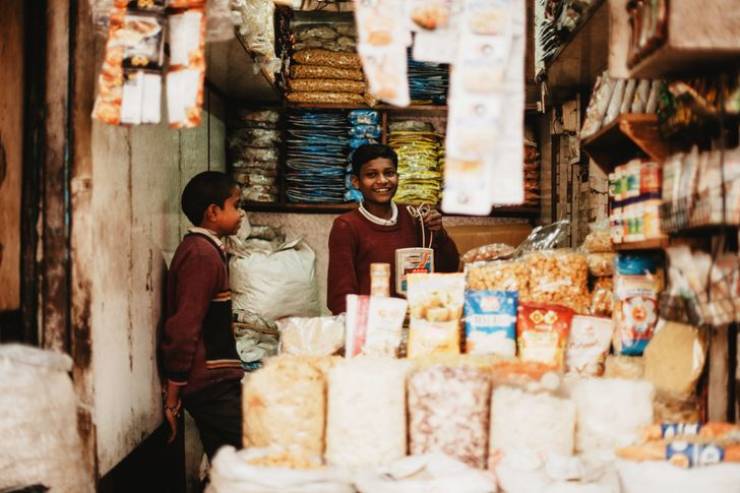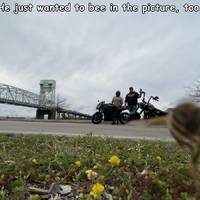“Not a single trip of mine can take place without photography, probably because I want to explore, save, and bring back as many unfamiliar places as I can,” Anastasiya Dubrovina says.
Anastasiya’s first working camera was a Canon d400. With the help of this equipment, she photographed various goods of her first customers: cakes, flower bouquets, flooring samples, and more. Now, the photographer prefers a Fuji mirrorless camera. In her opinion, this camera is perfect for travelers.
India was destined to become a pivotal moment in Dubrovina’s life. “These photographs were my first travel series. After, I realized exactly what I want to shoot while traveling, what I need for this, and how to organize the process,” the photographer shared with us.
The photographer’s trip to India took about 2 weeks. It began in the south, in Kerala, and continued through the north in cities like Delhi, Agra, Jaipur, Jodhpur, Varanasi, Sarnath, and Khajuraho.
According to Anastasiya Dubrovina, India is not only an important destination for photographers, but for inquisitive minds as well.
“The city I want to travel to again and again, even though I’ve already been there twice, is Varanasi. It is full of chaos, but it’s otherworldly at the same time. Pilgrims flock here to die and get out of the Samsara wheel through cremation on the banks of the Ganges River,” the photographer shared.
For a travel photographer from Belarus, India can be fascinating because of the locals and their daily lives. “Pseudo-sadhus sitting on the ground, omnipresent cows, swift tuk-tuks, hidden temples, funeral pyres, and a variety of smells” are among Dubrovina’s authentic recollections of India.
In the small towns of India, people still follow the caste system. In the city of Varanasi, the sacred funeral ritual happens every day. Delhi’s central streets embody the idea of absolute chaos. And the slums of Mumbai look beautiful, but neglected. Anastasiya admitted that these aspects were the most surprising on her trip to India.
“I would describe the Indian palette as ochre and orange, but in dust and smog. Like the color of spices, which mix with dirt on the streets and rise into the air from moving tuk-tuks,” the photographer commented.
Anastasiya Dubrovina told the story behind one of her favorite shots from India: “I love this shot from Jaipur, a pink city built of colored stone. In the photo, you see evening traffic jams. After a long walk in the city, I climbed onto the roof of a random building to take a break. There was a miniature temple on the roof. A man with a bandage on his head prayed without moving, and I, in turn, tried not to interfere with his prayer.”
Composition is of great importance in Anastasiya’s images. She uses visual rhythm, color spots, symmetrical compositions, and the rule of thirds to tell stories about the heroes in her frames. “In terms of composition, I practice symmetry and minimalism,” she said, “First, the eye catches the main character of the frame, and everything else is built around them.”
Anastasiya Dubrovina quickly found common ground with the people she met in India. In her opinion, it is important to show kindness and respect when interacting with your potential models. “In India, negotiating with people was not a problem. Everyone is open-minded, friendly, and wants to get to know you,” she recalled.

